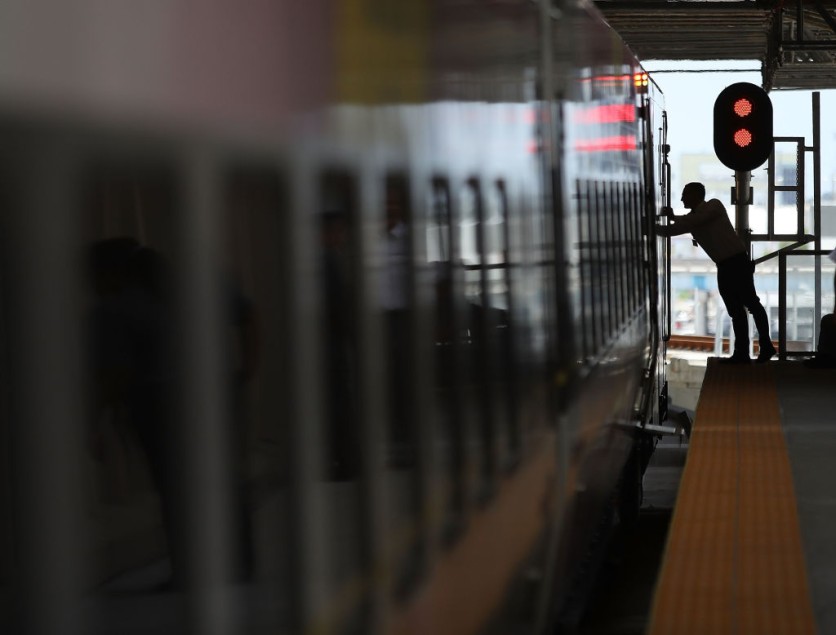The U.S. government is set to allocate $6.1 billion in funding for two major high-speed rail projects connecting key cities. The Brightline West high-speed rail, linking Los Angeles to Las Vegas, and the California High-Speed Rail project, connecting Los Angeles to San Francisco, will receive $3 billion and $3.07 billion, respectively.

Bagging $6 Billion in Government Funding
Allocated through the bipartisan Infrastructure Law under the Federal-State Partnership Program of the Biden administration, Interesting Engineering reported that the funding is expected to support the formal announcement of the Brightline West project by Friday.
Additionally, it will aid in overcoming persistent funding challenges for the California High-Speed Rail project, enabling its progress in a scaled-down format.
The high-speed rail project from Las Vegas to Southern California, estimated at $10 billion, will establish primary stations in Rancho Cucamonga, Apple Valley, and Las Vegas, with an additional passenger stop in Hesperia.
Targeting completion ahead of the 2028 Los Angeles Olympics, the project aims to bridge the distance between Las Vegas and Los Angeles. Out of the total project cost, $3 billion has been allocated, and the remaining funds will be sourced from tax-exempt private activity bond allocations in both states and private capital.
Envisaged as a 218-mile high-speed network, the project will employ technology capable of achieving speeds up to 200 miles per hour. This translates to a travel time of just over an hour between Las Vegas and Southern California, providing a significantly faster alternative compared to the over four-hour car journey.
Meanwhile, the initiative linking Los Angeles to San Francisco aims to transport passengers swiftly from San Francisco to the Los Angeles basin, achieving speeds exceeding 200 miles per hour within a duration of less than three hours.
The tentative commencement of initial service is expected as soon as 2030. The entire project, spanning the distance from San Francisco to Los Angeles, is estimated to have a cost ranging from $88 billion to $128 billion.
As part of the 2021 $1 trillion infrastructure bill, Reuters reported that Congress allocated $66 billion for the nation's rail infrastructure. This allocation included $22 billion for Amtrak and an additional $36 billion earmarked for competitive grants.
The investment in the Southern California project is poised to inject a significant boost into the economy, generating approximately 35,000 construction jobs and fostering around 10,000 permanent jobs.
Most Eco-Friendly Modes of Transporation in the US
As highlighted by Brightline, the fully electric and emission-free system is set to become one of the most eco-friendly modes of transportation in the United States. This green initiative is expected to eliminate 3 million cars and reduce CO2 emissions by 400,000 tonnes annually.
Moreover, the shift of commuters from automobiles and air travel to the high-speed rail system of Brightline West is anticipated to result in savings exceeding 700 million vehicle miles per year and the equivalent of 16,000 short-haul flights annually.
Senator Jacky Rosen of Nevada expressed enthusiasm about the historic high-speed rail project, emphasizing its transformative impact on Nevada's tourism and transportation sectors.
The project is anticipated to attract more visitors, alleviate traffic on the I-15, create numerous well-paying jobs, and contribute to the reduction of carbon emissions, all while relying on local union labor.
Read also: 'Train of the Future': Superfast Hyperloop Shuttle Can Travel at Higher Speeds Using Less Energy

ⓒ 2025 TECHTIMES.com All rights reserved. Do not reproduce without permission.




